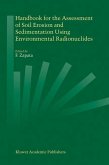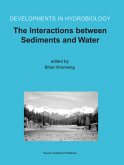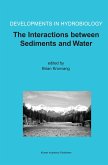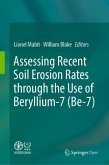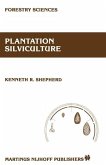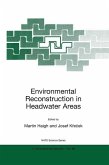This publication deals with soil erosion and sedimentation. Soil erosion and associated sediment deposition are natural landscape-forming processes that can be greatly accelerated by human intervention through deforestation, overgrazing, and non-sustainable farming practices. Soil erosion and sedimentation may not only cause on-site degradation of the natural resource base, but also off-site problems- downstream sediment deposition in fields, floodplains and water bodies, water pollution, eutrophication and reservoir siltation, etc. -with serious environmental and economic impairment. There is an urgent need for accurate information to quantify the problem and to underpin the selection of effective soil-conservation technologies and sedimentation-remediation strategies, including assessment of environmental and economic impacts. Existing classical techniques to document soil erosion are capable of meeting some of these needs, but they all possess important limitations. The quest for alternative techniques for assessing soil erosion, to complement existing methods, directed attention to the use of environmental radionuclides, in particular fallout as tracers to quantify rates and establish patterns of soil redistribution within the landscape. The concept of a project on the use of environmental radionuclides to quantify soil redistribution was first formulated at an Advisory Group Meeting convened in Vienna, April 1993, by the International Atomic Energy Agency (IAEA).


